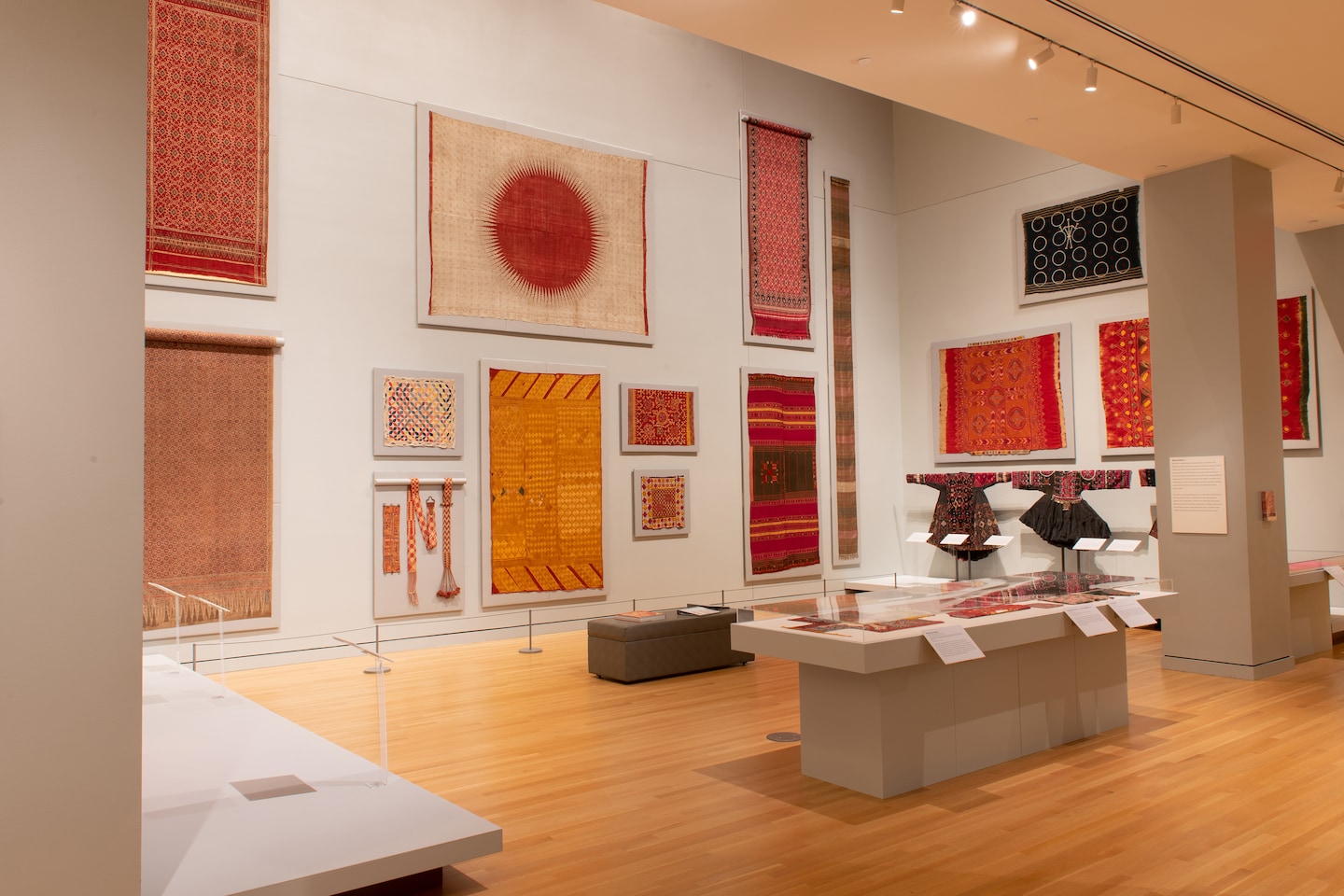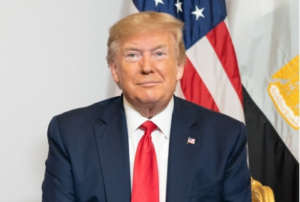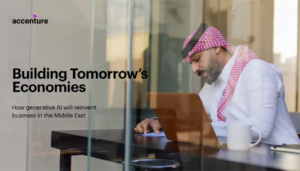
Placeholder while article actions load
Long before ragas, chicken tikka or Bollywood movies were exported from India, there was brisk international demand for the subcontinent’s textiles. These items didn’t simply trickle from local bazaars to unintended faraway markets. Many of the decorative cloths were made expressly for customers in places as far-flung as Europe, Egypt and Southeast Asia. Perhaps the most eye-catching object in “Indian Textiles: 1,000 Years of Art and Design,” an expansive exhibition at the George Washington University Museum and the Textile Museum, is a wall hanging that was made to sell in Indonesia and is titled in a local language.
“Mata Hari,” which means “eye of the day” in Malay, is one of many ceremonial cloths of a similar design crafted in India for Indonesian buyers. (The reputed World War I spy known as Mata Hari was a Dutch woman who took the name after living in Indonesia.) The piece on display here vividly depicts a red sun, whose rays read as a series of spikes, on a field of minimalist, widely spaced flowers. The banner hangs dramatically in the two-story space where the museum’s second floor opens to its third, a placement that makes the red circle appear to soar like a celestial body.
The cloth is among many pieces in the exhibition that are on loan from London’s Karun Thakar, one of the world’s leading private textile collectors. Thakar’s contributions supplement objects from the museum’s own holdings in this exhibition of more than 150 examples of clothing and decorative textiles made on the Indian subcontinent (including what is now Pakistan) from as early as the eighth century to as recently as the early 20th.
Rather than exhibit the textiles chronologically or by regional origin, the curators have divided them by three kinds of designs: abstract, floral and figurative. The first, as the exhibition text notes, is “inherent” in weaving, but the geometric patterns produced by the process can be emphasized for aesthetic purposes. Florals are the most universal, and were emulated and adapted in Europe and other parts of Asia. The figurative designs appear the most distinctively Indian, since they often feature religious imagery.
Even this category, though, reveals that entrepreneurial Indian weavers were willing to cater to foreign preferences. The elaborate theological designs include one that depicts the coronation of Rama, a major Hindu deity, and a more-than-40-episode narrative piece that begins with Ganesha, the elephant-headed Hindu god. Nearby are a hanging that illustrates the Jain conception of the afterlife and an illustrated cloth probably intended as an offering to the shrine of an 11th-century Muslim warrior-saint. But there’s also an 18th-century cover or hanging, made for a Christian church in Portuguese-ruled Goa, that portrays Mary and the baby Jesus framed by stars and angels.
The stylistic and thematic streams didn’t flow only outward from India. An 18th-century wall hanging or bedcover that depicts a tiger’s attack on a deer shows the influence of Persian art, brought into India when the Mughals conquered much of the country in the 16th century. Mughal motifs melded with Indian ones in the style known as chintz, a corruption of the Hindi word “chimt,” which means spotted or speckled. The style and term became common in Europe, and in Britain low-quality knockoffs were eventually termed “chintzy.”
Some of the textiles feature blacks and greens, as well as occasional blues, but are mostly in shades of brown and red. The dominant color of the “mata hari” that seems to preside over the entire show is echoed in dozens of other pieces, from an array of simply striped shawls and headscarves to a stunningly detailed hanging that shows a devotee who’s picking buds, perhaps for a temple offering. However faded from their original brilliance, all embody the primal hues of sun and Earth.
If you go
Indian Textiles: 1,000 Years of Art and Design
George Washington University Museum and the Textile Museum, 702 21st St. NW. 202-994-5200. museum.gwu.edu.
Dates: Through June 4.
Admission: $8 suggested donation.
GiftOutline Gift Article




